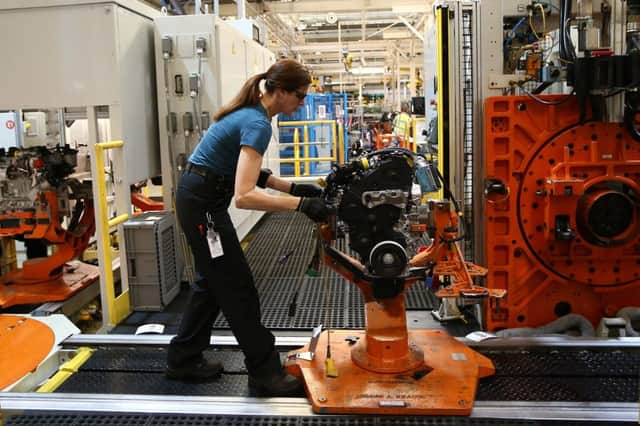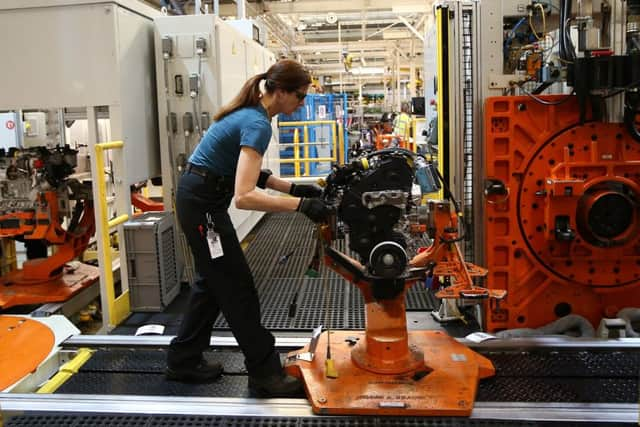Factory slowdown knocks economy


The weak data was released on the eve of George Osborne’s emergency summer Budget and underscores the challenges still facing the Chancellor as he looks to reduce the UK’s over-reliance on consumer spending to prop up growth.
The 0.6 per cent fall in factory output reported by the Office for National Statistics (ONS) was worse than expected and showed that output was dragged down by a fall in production of basic metals and metal products.
Advertisement
Hide AdAdvertisement
Hide AdEconomists had expected a fall of just 0.2 per cent, with this slide coming on top of a 0.4 per cent decline in April.


But the wider industrial production sector rose by a better-than-expected 0.4 per cent in May, boosted by a rise in output in mining and quarrying. Experts had expected an increase of just 0.1 per cent, which builds on a rise of 0.4 per cent the previous month. The ONS said manufacturing in the three months to May was 4.6 per cent below its level at the start of the recession in 2008.
Markit chief economist Chris Williamson said: “A second successive monthly fall in manufacturing output means the goods producing sector will act as a drag on the economy in the second quarter, leaving the upturn reliant once again on the service sector.
“The disappointing performance of the country’s factories, linked in part to competitiveness being hit by the strong pound, will no doubt act as a deterrent to any imminent hike in interest rates.”
IHS Global Insight chief European and UK economist Howard Archer said the figures presented “mixed news”.
“It appears that manufacturers are currently being particularly constrained by weakened foreign orders, which is at least partly a consequence of sterling’s strength against the euro,” he noted.
“With service sector activity looking healthy in the second quarter and consumer spending seemingly robust, the overall growth in industrial production reinforces our belief that GDP growth could well have picked up to 0.7 per cent quarter-on-quarter.
“However, lacklustre manufacturing activity is worrying for hopes that UK growth can become more balanced and less dependent on the services sector and consumer spending.”
Advertisement
Hide AdAdvertisement
Hide AdFabrice Montagne at Barclays Research said: “We maintain our view that the UK manufacturing sector is set to move sideways more than anything else.
“In particular, structural issues relating to the lack of competitiveness are still left unresolved, even though the government promised announcements to support productivity in this week’s supplementary Budget statements.”
The ONS figures came as the National Institute of Economic and Social Research released its latest monthly estimate of GDP, suggesting that output grew by 0.7 per cent in the three months to the end of June. That is slightly up on the 0.6 per cent estimated for the three months to May.
The think-tank noted: “This robust rate of growth exceeds that of the economy’s potential over the same period, and so suggests spare capacity continues to be absorbed.
“Consistent with this, we expect the Bank of England to begin increasing bank rate [interest rates] in early 2016, most likely coinciding with the February inflation report.
“Of course, risks to this outlook persist, not least the ongoing euro area saga.”
According to official figures, the economy grew by 0.4 per cent in the first quarter,